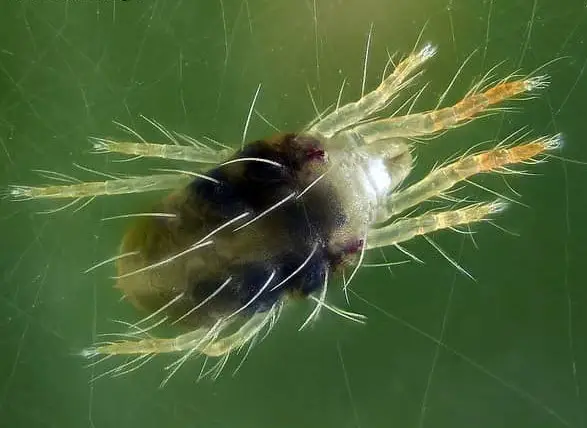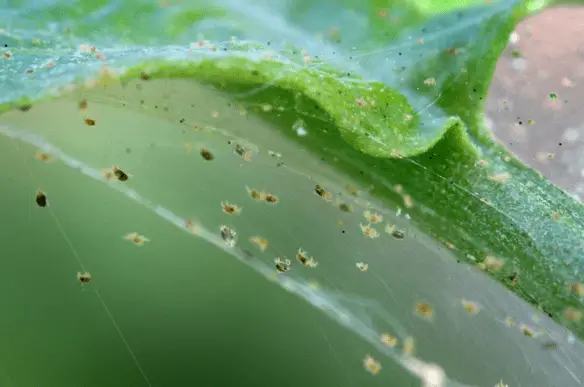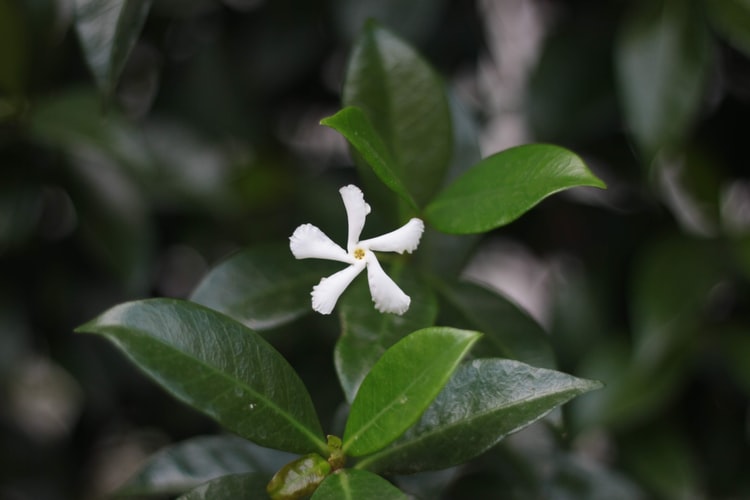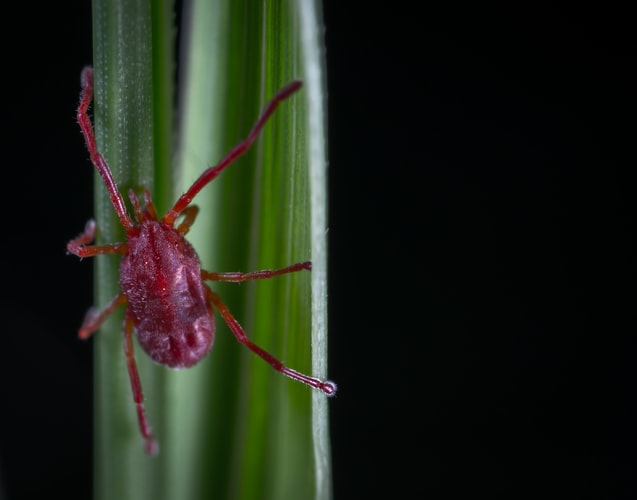Jasmine is deeply loved and welcomed by everyone. It is not only bright and beautiful in color, but also a world of white flowers, which is very beautiful; its floral fragrance is overflowing and it is deeply intoxicating. We all know that jasmine is a variety that blooms in all seasons, and its flowering performance is very strong
However, during the flowering process, it is found that the jasmines do not bloom. So what is the reason why jasmine does not bloom? In this article, I will introduce to you the six reasons why jasmine does not bloom and the solutions.
Related article: How to Grow and Care for a Jasmine Plant
Table of Content
Reasons Why Jasmine Is Not Flowering With Solution
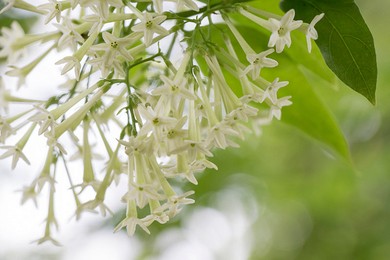
1. Soil Discomfort
Jasmine likes to grow in slightly acidic sandy soil containing a lot of humus. If it grows in alkaline soil, it will cause the jasmine to not bloom.
Solution:
First, check whether the land is acidic soil. If not, replace the soil with slightly acidic soil, or adjust the soil to acidic soil by adding Sulphur. In addition, the acidity and alkalinity of the land will change with external influences and other factors, so it is necessary to regularly measure whether the soil is acidic or not.
You can also choose to use basin soil that is rich in organic matter. It has good water retention and easy oxygen access.
2. Improper fertilization
- Overfertilization
Although jasmine is a fertilizer-loving plant, when you fertilize too much during the growth period, especially nitrogen fertilizer, it will directly cause the plant to grow leggy and the flower buds will face difficulty growing. This will lead the jasmine to not bloom.
Solution:
We need to fertilize jasmine reasonably. During the growth period of jasmine, we can apply a fertilizer that contains phosphorus and potassium once a month.
During the flowering period of the pregnant buds, do a light fertilizer once a week. However, when entering the late autumn, it is necessary to stop fertilizing and spend the winter peacefully.
- Insufficient Fertilization
The plant will store a lot of nutrients before it is ready to bloom. If the nutrition cannot keep up, the plant will not be able to bloom.
Solution:
When the plant is about to bloom, it is necessary to add enough nutrients in advance. Slightly, increase the amount of the fertilizer you use and also start using it more often than usual.
3. Improper lighting
Jasmine likes to grow in a semi-shade environment. When the light is insufficient, the plants will grow too long with fewer flowers and the fragrance becomes lighter. And in some cases, the jasmine will not bloom at all.
Solution:
Jasmine likes to be exposed to the sun, and it is also feasible to expose it in summer. Before the jasmine blooms, the branches and buds need to be exposed to more sunlight. Appropriately increase the light by ensuring 5-10 hours of sunlight per day.
Once your jasmine gets enough light, the flowers will bloom more and the fragrance will become stronger. However, try to avoid hot direct sunlight as it can burn your plant
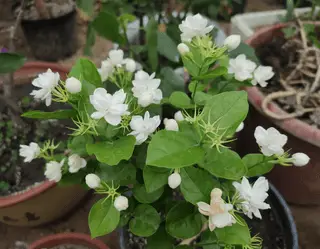

Related article: Indoor & Outdoor Potted Jasmine Care- Full Details
4. Improper pruning
When jasmine grows to a certain stage, its branches and leaves become relatively dense. This will cause a phenomenon of insufficient distribution of nutrients. This type of growth will lead to malnutrition in the formation of flower buds and in some cases, the jasmine does not even bloom.
Solution:
Properly remove excess branches and leaves to ensure uniform nutrient distribution of plants and nutrient supply before plants bloom.
Related article: When and How to Replant Jasmine
5. Improper watering
Jasmine likes to grow in a warm and humid environment. When we water the plants too much, causing serious water accumulation in the potting soil, it will affect the growth of the flower buds of the plants for a long time, and the phenomenon of non-flowering will occur.
Solution:
In the step of watering the jasmine, the principle of watering should be done if it is not dry. The watering should be moderate, there should be no stagnant water, and the soil should be kept slightly moist. When in full bloom, water more.

6. temperature discomfort
Jasmine flowers will not bloom if they are exposed to high temperatures for a long time in summer. When the temperature is relatively low in winter, it will also cause the jasmine to not bloom.
Solution:
Jasmine is afraid of cold. Before frost falls, put it in a sunny place for maintenance. The room temperature should not be lower than 46°F (8°C). When the temperature is too low, you can put a plastic bag to prevent wind and freezing.
- Appropriate temperature: The best temperature is 64-75°F (18-24°C). During winter when the temperature is around 50°F, your plant will not be damaged. In a warm room, growth is directed to the number of leaves. If the room is hot in winter, it should be ventilated regularly.
- The humidity: Humidity can be key while growing jasmines. For this, you can use a special humidifier. Or you can just spray the plants with cold water every day.
It is advisable to prevent cold winds in spring as well, especially to avoid the early spring strong wind.
Related article: Why Are Jasmine Leaves Dropping & How to Treat It
Conclusion
The above are the six reasons why jasmine does not bloom and the solutions. When you find that jasmine does not bloom, you can use the above methods to solve the problem, so that jasmine blooms more and more beautiful and you can enjoy it all year long.

